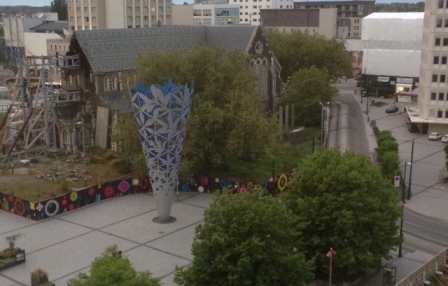Walking in France
From Warwick
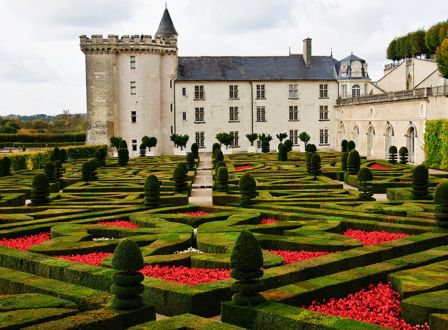
In May of this year I went to France with a tour group organised by a Hamilton firm. It was advertised as a Walking Tour and most days we walked for 5 to 10 km through the lovely countryside before visiting a new castle or village.
 Our group of 24 flew to Paris then bussed to Azay-le-Rideau in the Loire valley where we stayed a week. This is chateau country and we visited 4 or 5 of these glorious chateaux most of which had been built from the 15th to the 17th centuries. Most notable were Vallemdry, which is surrounded by elaborate and extensive gardens, and Chenonceau. We also visited Chinon, the great castle where Joan of Arc first met her dauphin and was given command of the French armies and was able to defeat the English.
Our group of 24 flew to Paris then bussed to Azay-le-Rideau in the Loire valley where we stayed a week. This is chateau country and we visited 4 or 5 of these glorious chateaux most of which had been built from the 15th to the 17th centuries. Most notable were Vallemdry, which is surrounded by elaborate and extensive gardens, and Chenonceau. We also visited Chinon, the great castle where Joan of Arc first met her dauphin and was given command of the French armies and was able to defeat the English.
After a week we drove 22 km south to the attractive town of Sarlat in the Dordogne area. This is a beautiful part of France with many villages and glorious views over the surrounding countryside. We looked for truffles, wine-tasted, ate foie gras (and snails and frogs’ legs), and visited churches which had been the destinations of ancient pilgrimages.
 In early days security was important and ancient peoples sometimes lived in caves high on vertical cliff faces where they were out of reach. Also, not far from Sarlat, there were the Lascaux caves where there was human habitation over 50,000 years ago. In one ancient cave the walls were covered by large realistic paintings of animals that had been painted 40,00 years ago. It was an awesome visit.
In early days security was important and ancient peoples sometimes lived in caves high on vertical cliff faces where they were out of reach. Also, not far from Sarlat, there were the Lascaux caves where there was human habitation over 50,000 years ago. In one ancient cave the walls were covered by large realistic paintings of animals that had been painted 40,00 years ago. It was an awesome visit.
We spent one night in another town close to a village once described as the most beautiful in France. I would have voted for it.
Travelling on we visited the spectacular engineering feat of the Millau viaduct, surely a wonder of the modern world, then further south the huge Roman viaduct, Pont du Gard, built in 1st Century AD.
 The third place we stayed was in Provence in southern France. Our major trip was to the Palace of the Popes in Avignon which had once been the centre of the Christian Church for 200 years. Several days we walked through the sparser vegetation of this warmer area. We climbed high to a fortress which had defied the Romans when they first ventured into Gaul and visited a Cistercian monastery which still had monks, living as they had done in the 13th Century
The third place we stayed was in Provence in southern France. Our major trip was to the Palace of the Popes in Avignon which had once been the centre of the Christian Church for 200 years. Several days we walked through the sparser vegetation of this warmer area. We climbed high to a fortress which had defied the Romans when they first ventured into Gaul and visited a Cistercian monastery which still had monks, living as they had done in the 13th Century
Then it was back to Paris by TGV at 300 km p.h. and a few days people-watching in that great city. Several of us made a visit out to Normandy to visit the home and photograph the water lilies of the great painter Claude Monet of around the 1890s. A fitting visit to end a great trip.
Warwick Kingston-Smith



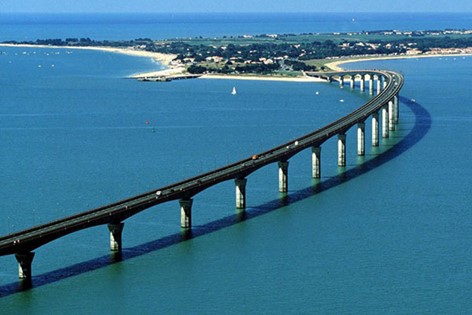
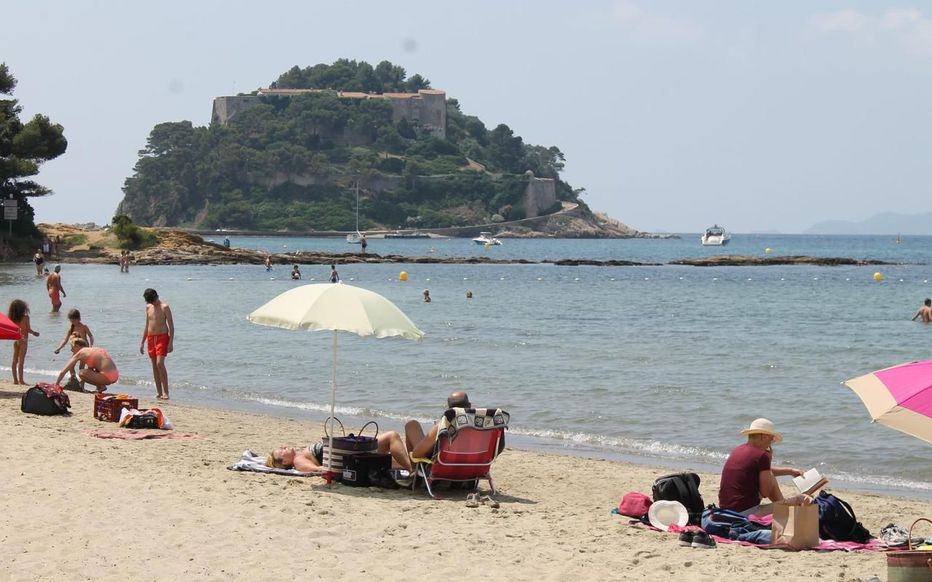


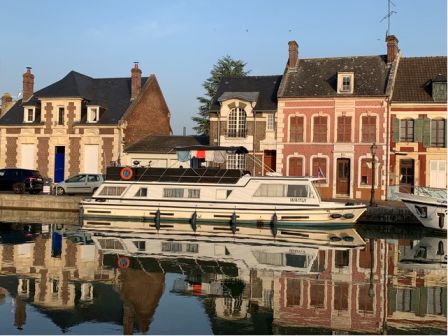
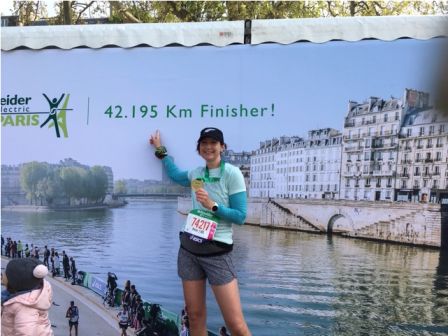



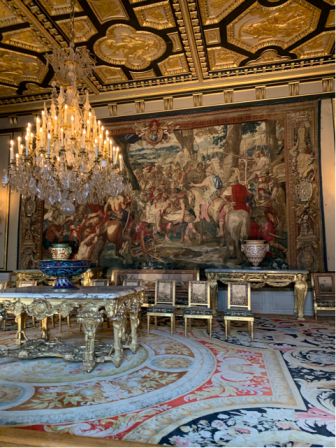
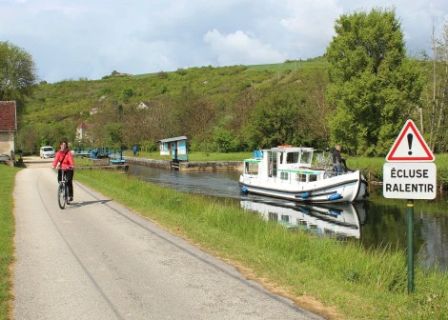

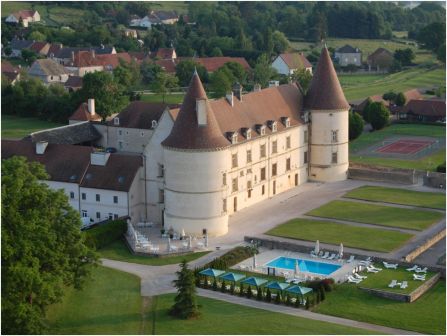
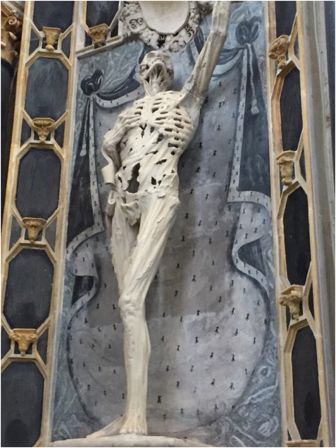
.jpg)


